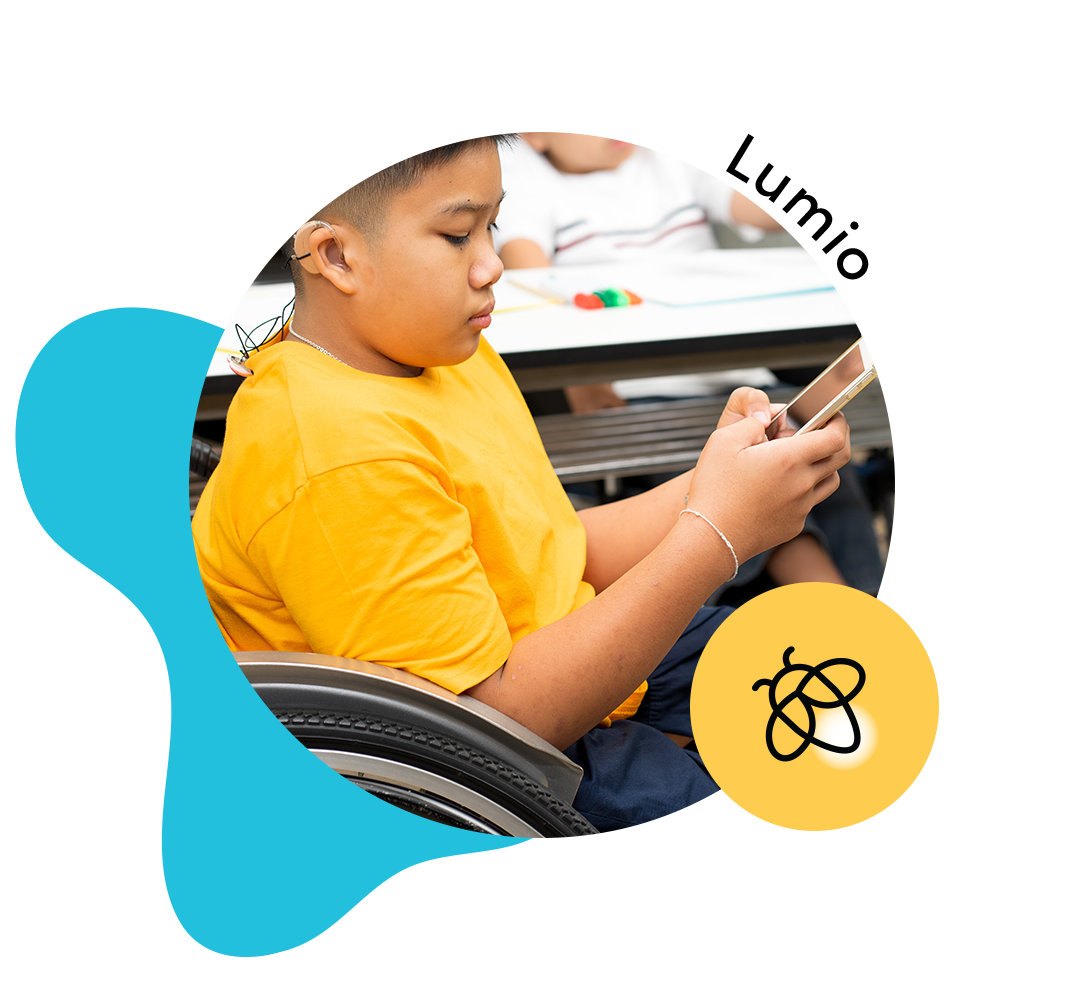There is a healthy conversation in K-3 about the need to teach literacy across subject areas. But less focus, and consequently less support, is given to teaching numeracy across elementary school curricula. In my last post, I wrote about the opportunity and responsibility we have to focus more on teaching numeracy skills and how to change the ways we think about math in early education.
Research has shown that numeracy skills are as important as literacy skills for predicting productivity, wages, and employment outcomes (Rivera-Batiz, 1992). Nevertheless, many elementary teachers don’t have the tools and support they need to help students build numeracy skills outside formal, focused math instruction.
What Works Clearinghouse advises that we teach children to view and describe their world mathematically, dedicating time each day to teaching math, and integrating math instruction throughout the school day (Frye et al., 2013).
However, making cross-curricular connections takes time, resources, skills, materials, and support. If a teacher isn’t given all of these, it’s hard to know where to start. In this post, I’ll share ideas that teachers can use to begin to make these cross-curricular connections for building numeracy skills, and I’ll link to tools and resources that can help as well.
Help children link math to their knowledge or experiences
How do you find time to increase math instruction when your day is already filled to the brim? Most school curricula specify how much instruction should be dedicated to English versus math, which doesn’t leave teachers with time to spare.
One way to boost the focus on numeracy without taking time away from other content areas is to increase math talk during everyday classroom and school routines.
For example:
- While taking attendance
-
- Ask questions such as: How many students are in class today? Is that more or less than yesterday?
- How many students have patterned shirts? How are they similar or different?
- During recess
-
- Ask students questions like: How many kids were playing soccer? Tag? On the playground? What fractions did each activity represent? For students who played sports or games, how many times did each team win? Make a prediction on how many times they will win in the future? How can we find out who has more wins or losses?
- In art class
-
- Challenge students to look for shapes or patterns in their artwork, or in famous paintings. Are certain shapes used more often than others? Are any shapes repeating?
- In Health/PE
- Play common games that incorporate patterns, encouraging students to change the pattern and write about it.
-
- Count the numbers of fruits and vegetables in daily lunches. Group by various options and compare.
- Around the room
- Build a math-specific word wall. Integrate and highlight these words across content areas. Have students write word problems during ELA that incorporate these words.
Use games and group work for teaching and practicing math
Games are a great way to teach math concepts and skills, and they give children opportunities to practice applying these skills. Group work can also help students work together to explore, question, practice and apply math concepts. There are lots of digital and analog ways teachers can incorporate games and group work in their instruction.
For classrooms where students use devices, SMART Learning Suite is a tool I recommend to any teacher who wants to focus more on building math skills. It has individual and team games teachers can customize for any lesson they want to teach. It takes less than five minutes to build a game with specific content they want students to practice.
Bringing students together in collaborative workspaces on their devices is a great way to develop math skills through group work. For example, students can work in groups, using their devices to take pictures of shapes around the room or outside. They can look around their environment, such as on tables in the classroom or on their clothing, to identify examples of triangles, rectangles, and squares.
When children locate a shape, ask them to explain its features to the group by asking, “How can you tell that shape is a triangle?” Prompt the children to identify the number and length of sides and type of angles in their shapes. An activity like this can help support recognition of math concepts in everyday life and gives teachers insight into each student’s understanding of key concepts.
The video below shows how a teacher can create and share a collaborative workspace with students in SMART Learning Suite.
Manipulatives are perennial favorites for helping teach math skills. Here are a few ideas for physical and digital manipulatives teachers can use to focus on developing math skills. The digital manipulatives highlighted in the table are available in SMART Learning Suite.
| Number and Operations |
Geometry |
Patterns |
Measurement |
Data Analysis |
|
|
Physical manipulatives |
Blocks
|
Pre-cut foam shapes
|
Beads Different colored cubes Stamps and markers |
Rulers Tape measures Scales Measuring spoons and cups |
Clipboard/ paper for tallying the “question of the day” Hula hoops or bendable rings for Venn diagrams Sorting bins |
|
Examples of digital tools |
Math blocks Number list templates |
Geoshapes Shape templates |
Shape templates Digital stamps and markers |
Clock templates |
Venn diagram templates |
The best advice I can give to teachers who want to give more time to math, but who don't have time to spare, is to start small. Think about what classroom moments you might enhance with more focus on numeracy. An extra few minutes here and there can make a difference! My other piece of advice is to find tools that help you do more with the time you have.
Do you have other ways or ideas for building in numeracy skills in early grades? Leave a comment below!
Sources:









